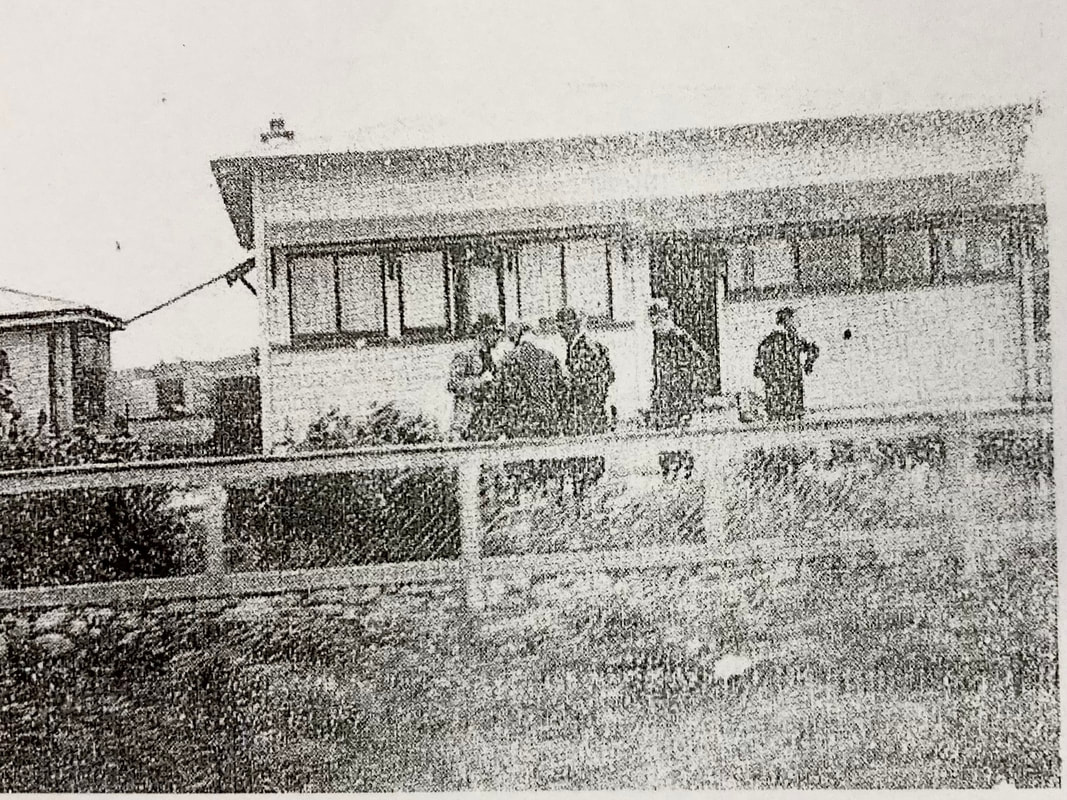|
Annie Aves must be one of the only people in New Zealand who was tried four times for the same crimes. And never ended up with a conviction.
To put it bluntly, she was an abortionist in a time when such women were reviled. Isabel Annie Michaelsen was born in Waipawa on March 18, 1887 to Danish-born Harald Michaelsen and his Scottish wife Kate Layton Fraser. Harald however killed himself when Annie was only three months old and Kate died three years later. Annie ended up being raised by storeman John Sinclair and his wife Annie Davis. After a short few years of schooling she left and became a domestic servant. At age 20, she married a man more than twice her age, 42-year-old grape-grower John Oliver Craike and they had three children in quick succession. Annie was separated from him by the mid-1920’s and she was supporting her small family as a cook. It’s unsure when she began working as an abortionist or where she learned it, but by the time she married Charles James Aves in 1932, she already had a reputation as the woman to go to. Annie set up house in Fitzroy Avenue in Hastings and women came from as far away as Wellington. Annie did not exactly hide her services. She believed the man responsible for the pregnancy should pay and she would issue IOUs to them and employ solicitors to chase those who reneged, disguising the fee as a loan repayment. And she was successful - in one 18-month period she had 183 clients and earned £2200. The police couldn’t ignore that - they raided her home in June 1936 and found 22 sets of foetal remains buried in her garden. But their evidence wasn’t strong. There were others living at the house and they never found the implement she used - a sea-tangle net. Complicating it was the fact that though some women would give evidence against her, they were considered accomplices to the crime. Barrister Cyril Geoffrey Edmund Harker defended her on the charge of unlawfully using an instrument to procure an abortion and the first jury was unable to agree. A retrial was ordered and the trial moved to Wellington. That led to two more trials - with no result in either. The final trial over five women in 1937 also returned no verdict but the judge nevertheless ordered her to report to the police twice weekly - although it’s unclear what good that would have done. Every one of her trials had an all male jury. After her husband died later that year Annie moved to Westshore in Napier and of course, continued her craft. But, it would all go horribly wrong. After a young woman came to her for an abortion and became seriously ill, the woman's partner Colin Hercock took a gun, knocked on Annie’s door and shot her. She died the next day, on October 3, 1938, in hospital. Hercock himself was tried, convicted of manslaughter and got a 12-year sentence, reduced on appeal to seven. Evidence of how widely Annie was regarded came at her funeral, with a lengthy procession which followed her hearse and the crowd who gathered at Hastings cemetery where she is buried. The photo is taken outside the house she was shot in and shows police investigating. From the Poverty Bay Herald.
0 Comments
Leave a Reply. |
AuthorFran and Deb's updates Archives
May 2025
Categories |

 RSS Feed
RSS Feed